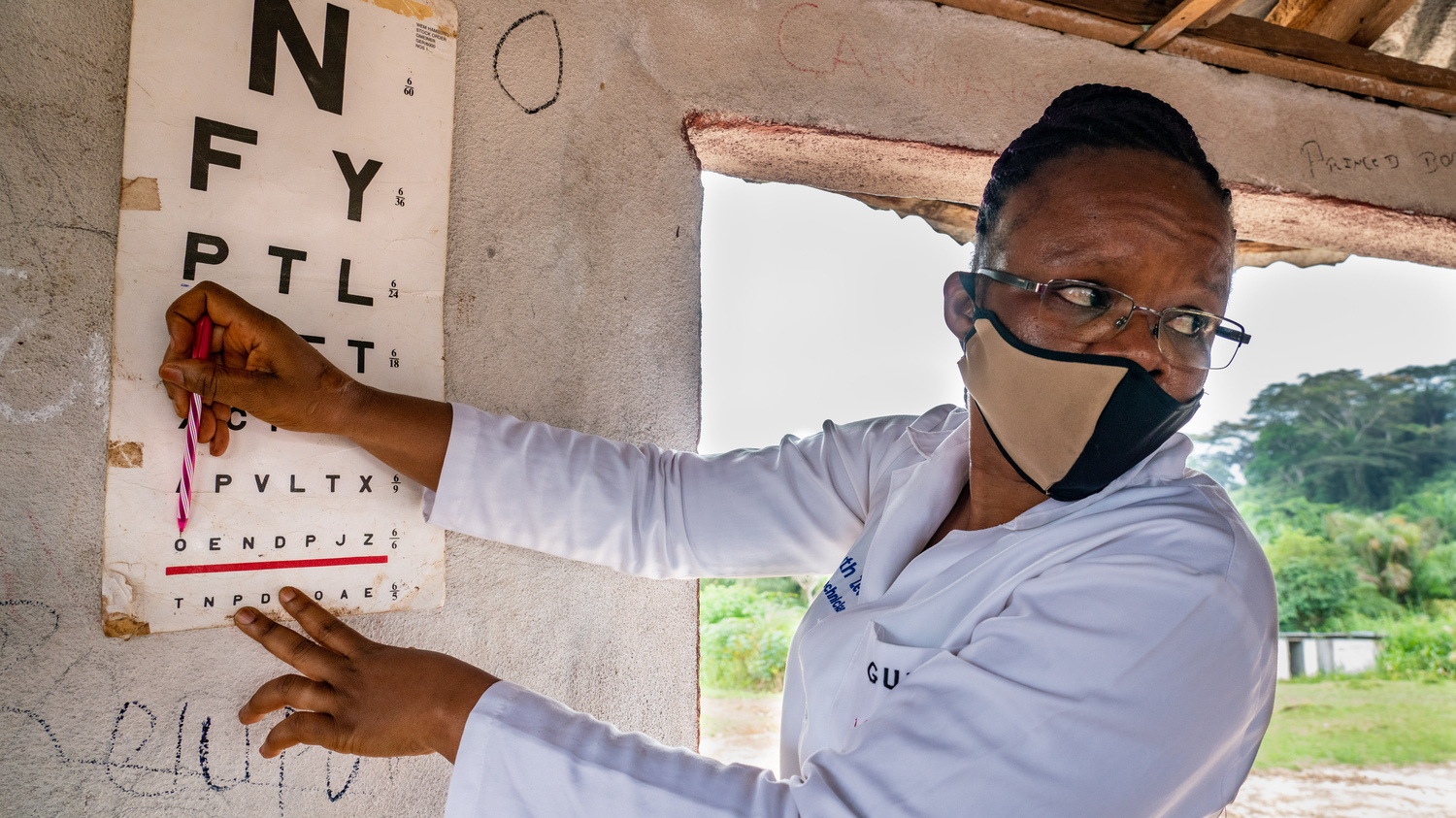

Priorities of the National Eye Health Policy
1. Work towards universal health coverage
The first policy priority is access. Historically, eye health centers were mainly in Monrovia, the capital of Liberia, which meant they were inaccessible to many people and communities. Over time, access increased and organizations supported some facilities across the country. But this only lasted as long as the organizations were actively working in Liberia. And there were many remote and hard-to-reach areas in the country where there were no eye health services.
In politics we want to work towards universal health coverage. We want to focus on access and ensure services are closer to people and communities and no one is left behind.
2. Increase national human resources for eye health
The second priority is human resources. Compared to other countries in the region, Liberia was far behind. Therefore, a policy direction describing the training was included. This involves:
- Establish centers that train mid-level personnel.
- Ensure there is equitable distribution of healthcare workers across the country.
- Introduce approaches to motivate and encourage health workers to work in the most difficult to reach areas of the country.
The work already done has led to great improvements. For example, the health system now employs cataract surgeons based in the country.
3. Create resilient infrastructure
The policy also provided strategic direction on the need to have adequate infrastructure and appropriate equipment available to provide good quality services. These are needed along with data systems that can monitor the performance of eye health services. These systems will also help us understand whether services are impacting the prevalence of visual impairment and will provide the evidence needed to design future programs, use them for advocacy, and mobilize resources.
4. Align with global objectives and policies
We have also ensured that the policy considers key global principles. For example, equity and inclusion of marginalized groups, people with disabilities, people from low socioeconomic backgrounds and other marginalized groups. There are also policy statements on eye health centers being climate and environmentally friendly to reduce the impact of eye health services on the climate and environment.







